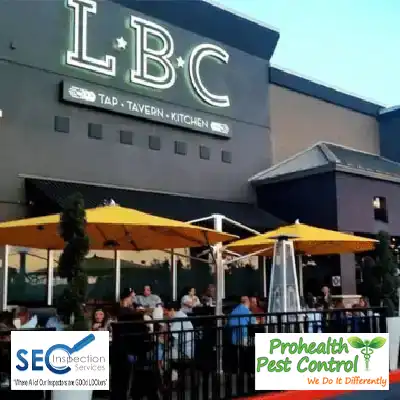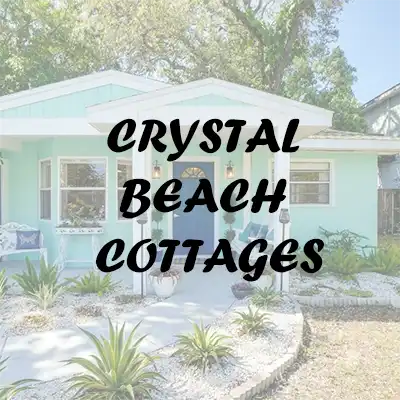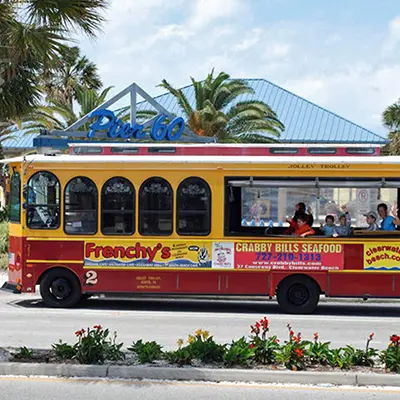Welcome to The Greater Palm Harbor Area Chamber of Commerce
~ Upcoming Chamber Events ~






The Greater Palm Harbor Area Chamber of Commerce
The Greater Palm Harbor Area Chamber of Commerce is a voluntary organization of business and professional men and women who have joined together for the purpose of promoting the civic and commercial progress of our community.
The area’s economic well-being is related directly to the caliber of work that is done by the Chamber. That is why our Chamber has a major impact on business, income and future growth of the area.
There are two primary functions of a chamber of commerce:
- It acts as a spokesman for the business and professional community and translates into action the group thinking of its partners.
- It renders specific services of a type that can be most effectively rendered by a community organization both to its partners and to the community as a whole.
Our Mission
Our Mission is to provide leadership to promote an active partnership and support, educate and advocate for the community.













